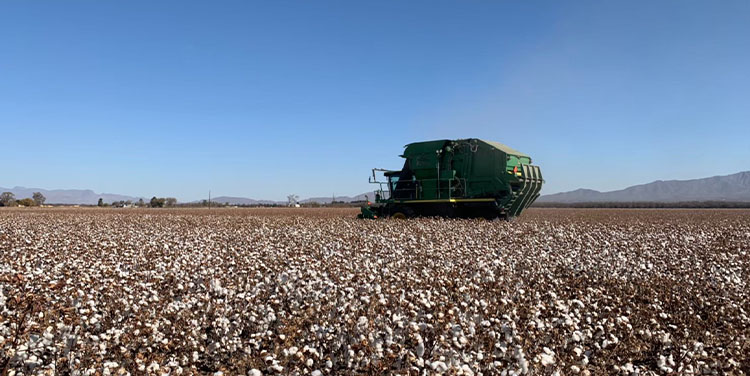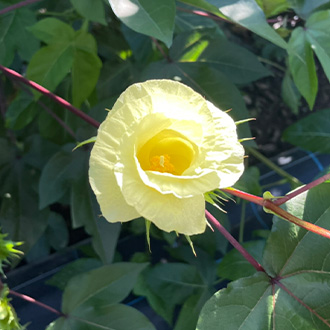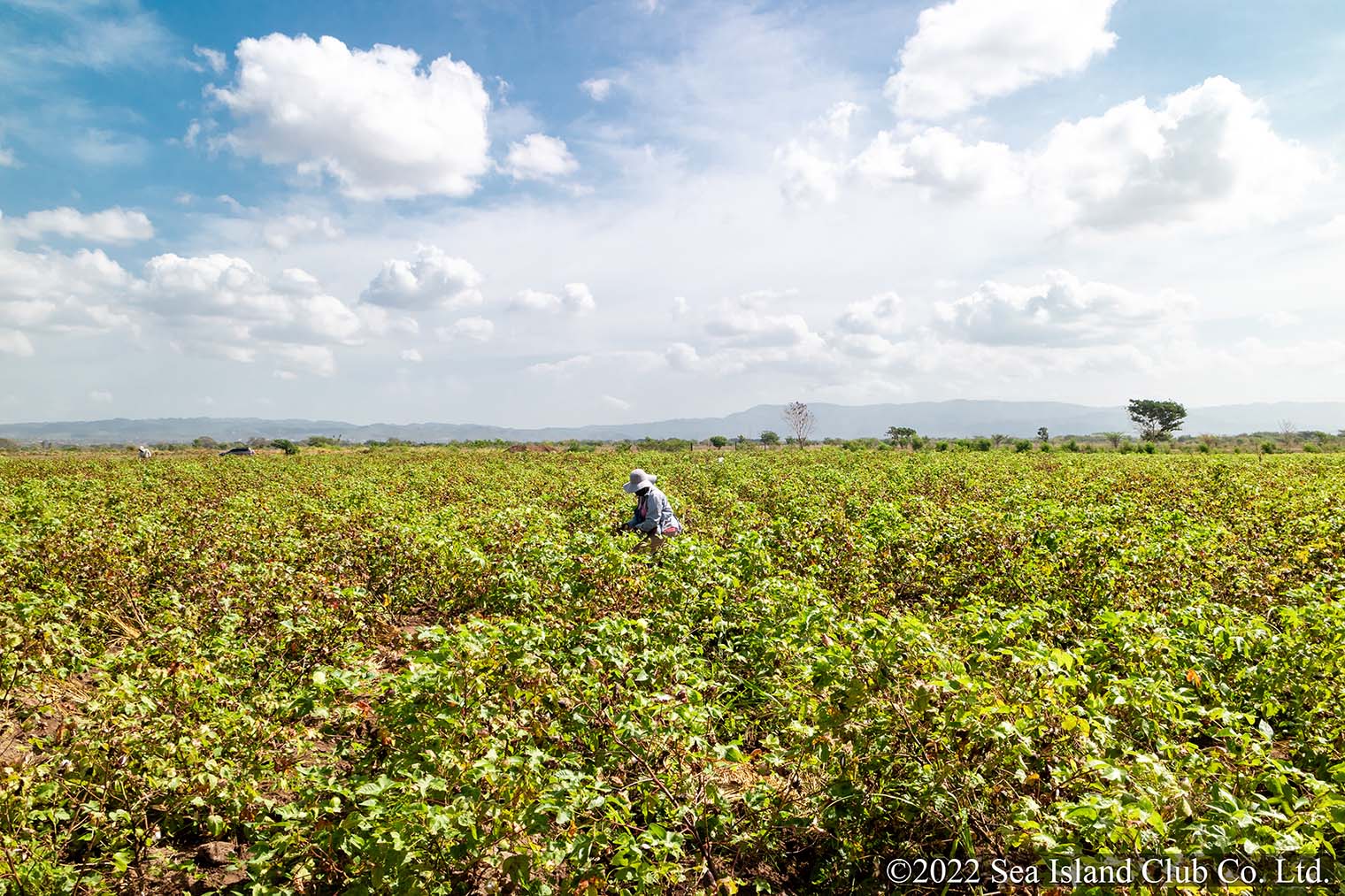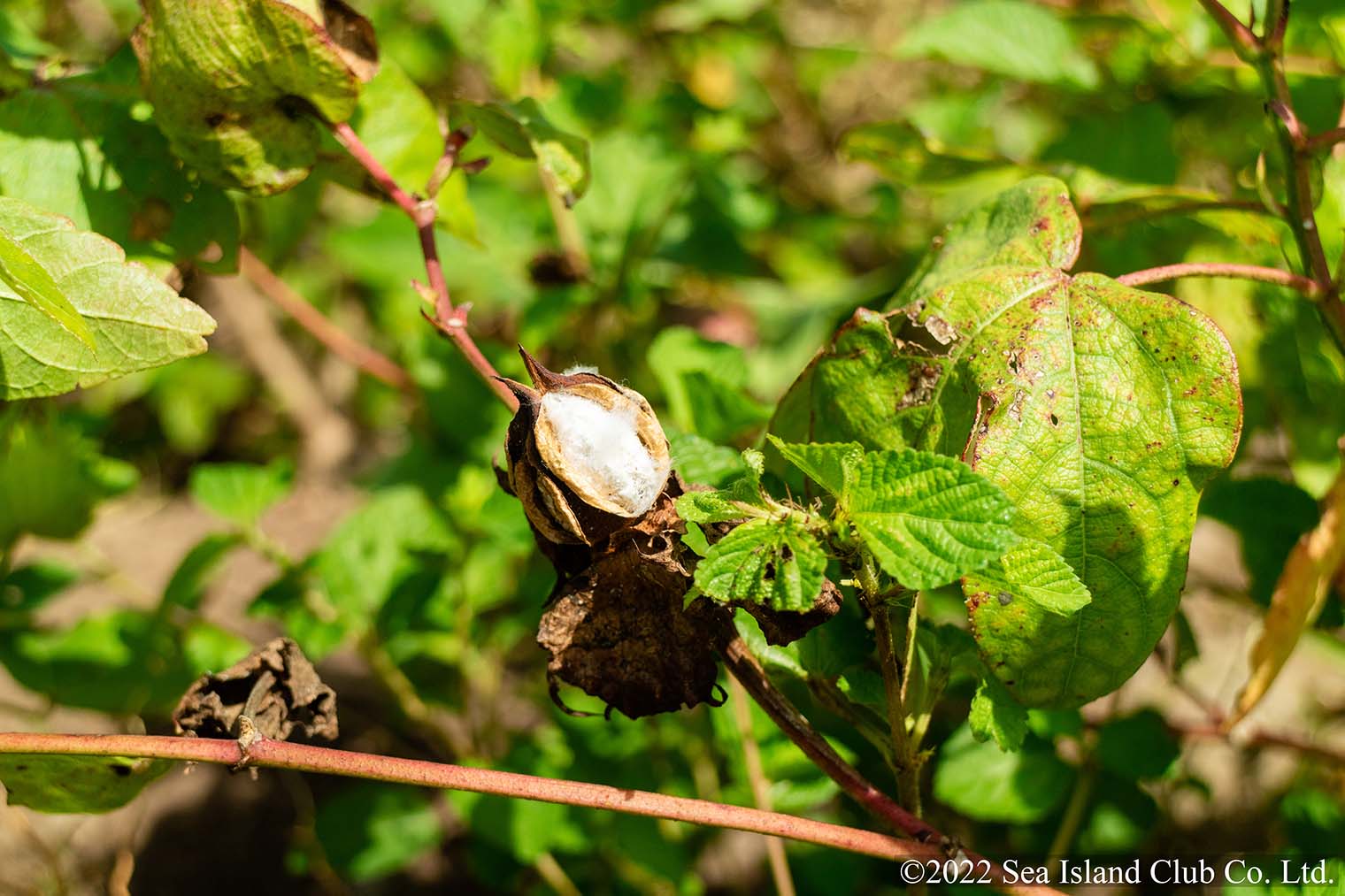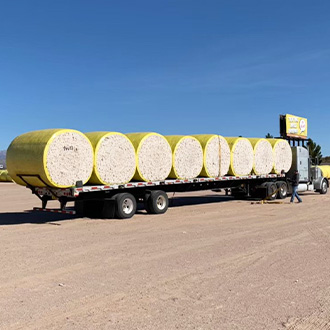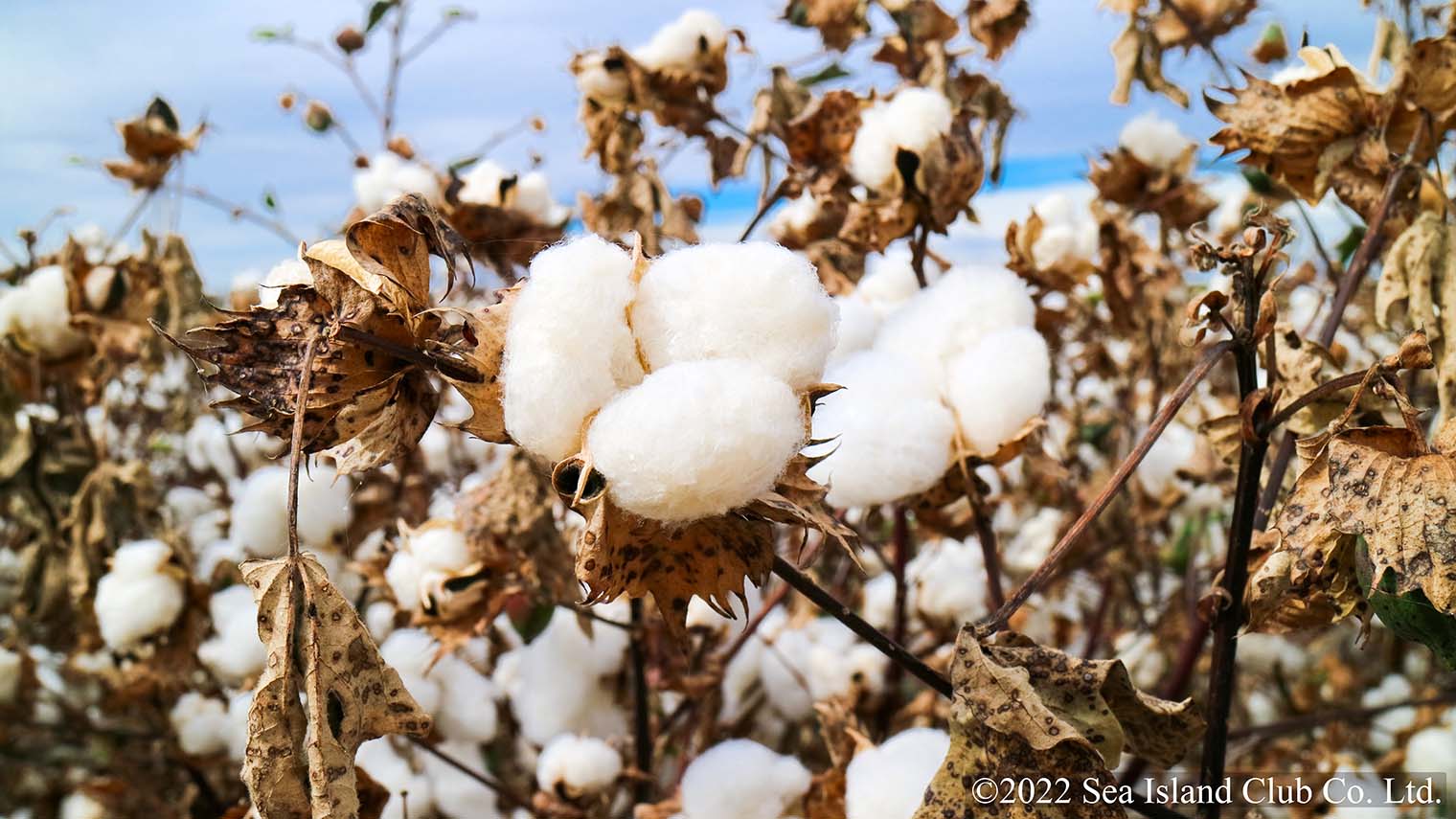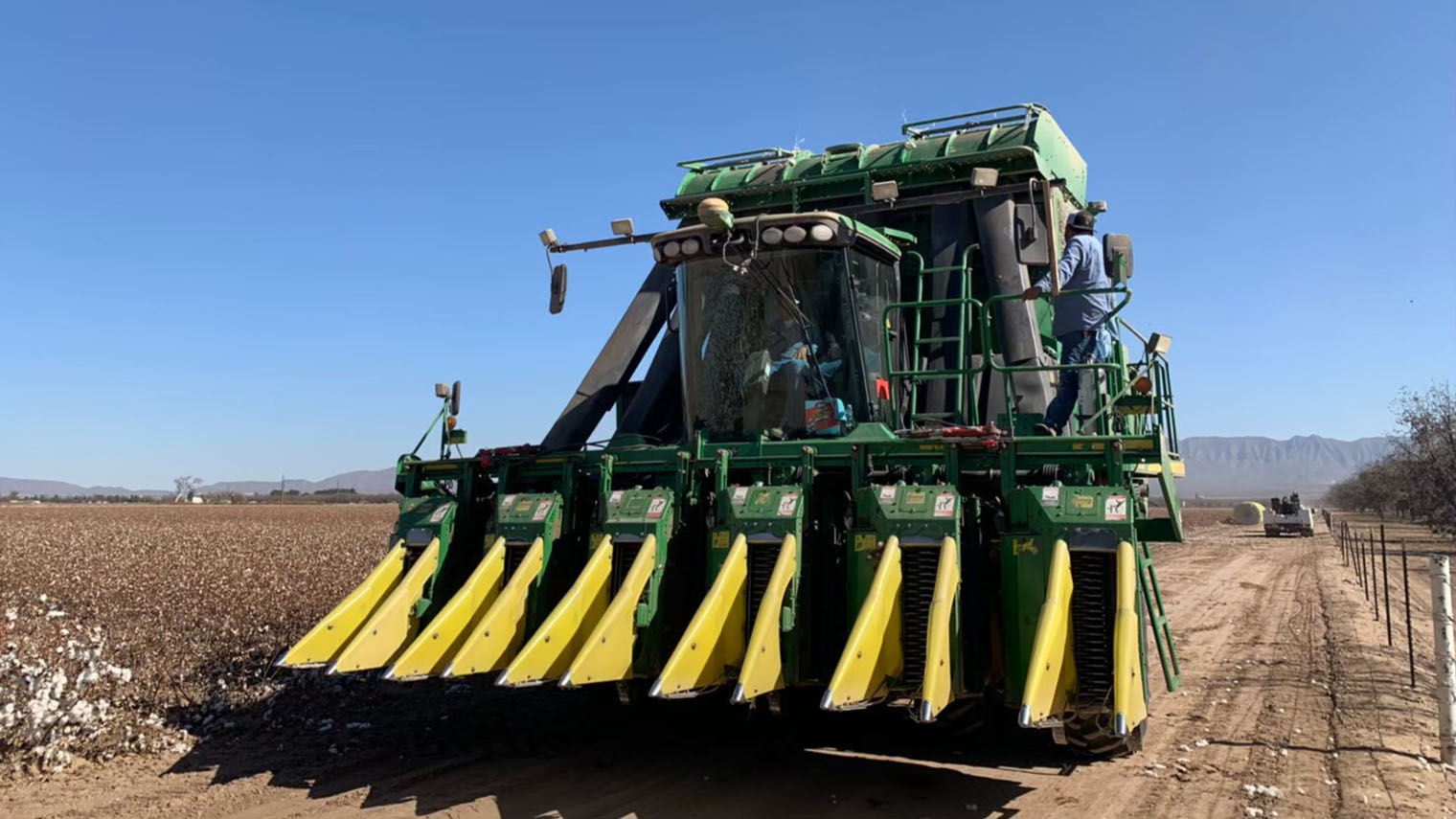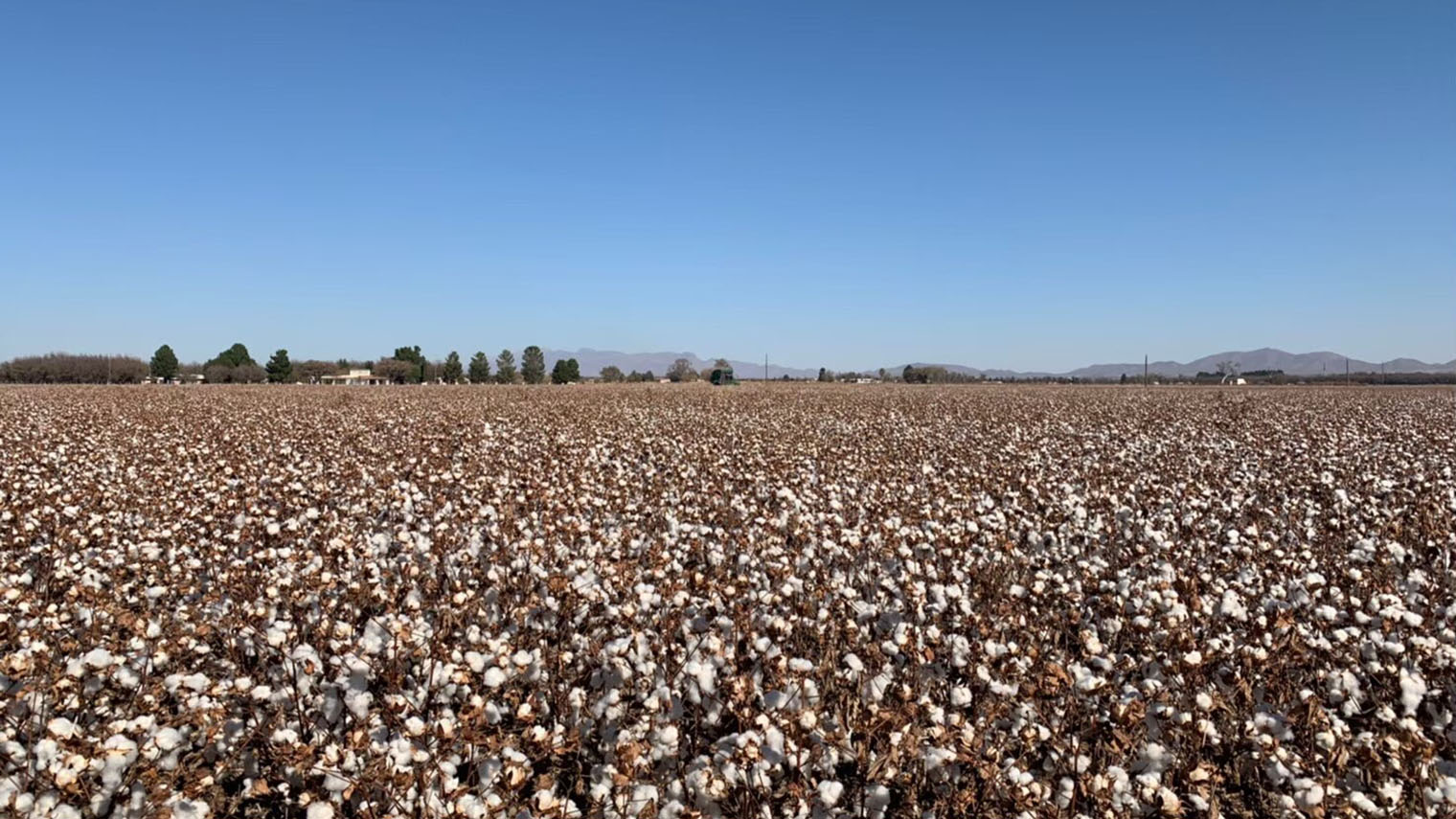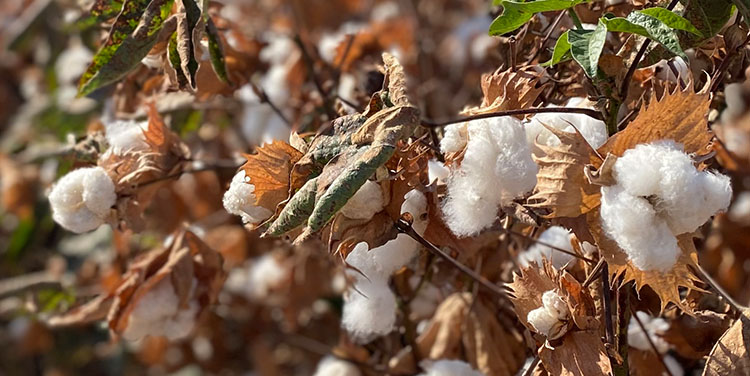Sea Island Cotton
The Pinnacle of Cotton
With a History
Known as the highest grade of cotton, Sea Island Cotton is characterized by its long, thin, and strong fibers. When it is made into yarn, the fibers are drawn together and twisted, but its superior characteristic makes it fluffy and soft. Its gentle feel was loved by the British royal family, and it has a history of not being allowed to be taken out of the country for 200 years.
This cotton grows only in limited areas with special climatic conditions and soil. The total harvest is a mere few dozen tons per year, which is about 0.00001% (1/100,000) of the total cotton harvest, making it a very rare and precious commodity.
Sea Island Cotton is grown under contract with local farmers, and we have established traceability by knowing who is making the cotton, how much they produce, and their working conditions.
-
West indian
sea island cottonWest indian sea island cotton
Sea Island Cotton is said to have its roots in the Bahamas, an island nation in the Caribbean Sea. The cotton is still cultivated in the Caribbean, and we use Sea Island Cotton from Jamaica. The West Indian Sea Island Cotton grown here is characterized by the cotton balls popping from the bottom of the tree to the top sequentially and in varied timing. Because the quality of cotton deteriorates when wet from rain or other water, it must be harvested as soon as the balls pop. Therefore, the cotton is harvested by hand, one by one, over a period of many months, taking great care to damage the fibers as little as possible.
This labor-intensive cotton cultivation not only provides high quality, but also brings new employment to the local community. In recent years, the company has expanded the scale of its operations and aims to make cotton a national specialty product.
KONDOBO is the only spinning mill in Japan authorized to handle Sea Island Cotton. We take pride in our technical capabilities and to spin premium yarn.
West indian sea island cotton
-
American
sea island cottonAmerican sea island cotton
The name Sea Island Cotton comes from the Sea Island region of South Carolina in the United States. Though flourishing there after being brought from the Bahamas, the cultivation of Sea Island Cotton was destroyed by insect pests in the early 20th century. A century later, after much research with a local university on seeds, it made a miraculous comeback. This is American Sea Island Cotton.
It is grown in Mexico’s El Paso, a highland area with 3,700 hours of sunshine per year and a large temperature difference between day and night. When it is time to harvest, frost occurs and the cotton balls pop at once, allowing machines to harvest the cotton resulting in higher productivity than in the West Indies.
This cotton is only available in Japan, and the American Sea Island yarn ASIC spun by KONDOBO is the only premium yarn of its kind in the world.
American sea island cotton



















